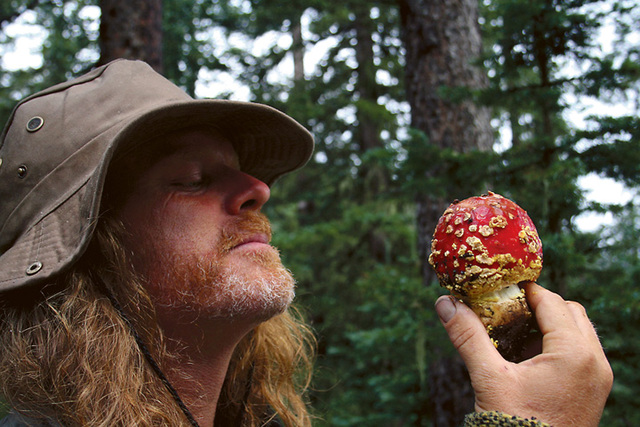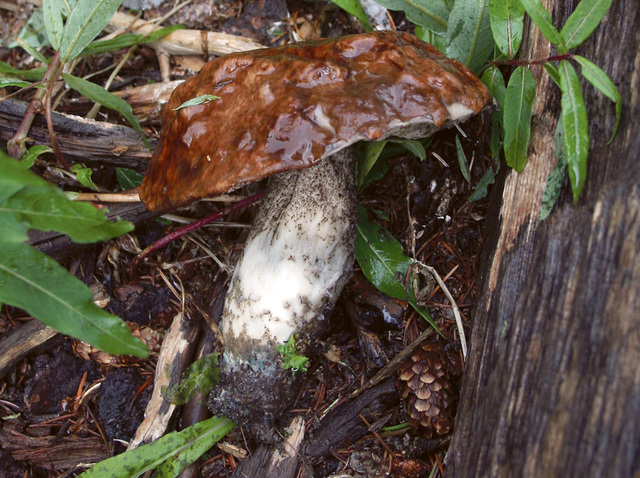Have Fork, Will Travel
On The Hunt For Mushrooms


Eric with an amanita in Taos
Talitha Tarro

All hail the king! A king bolete (aka porcini), that is, in Taos.
Talitha Tarro








